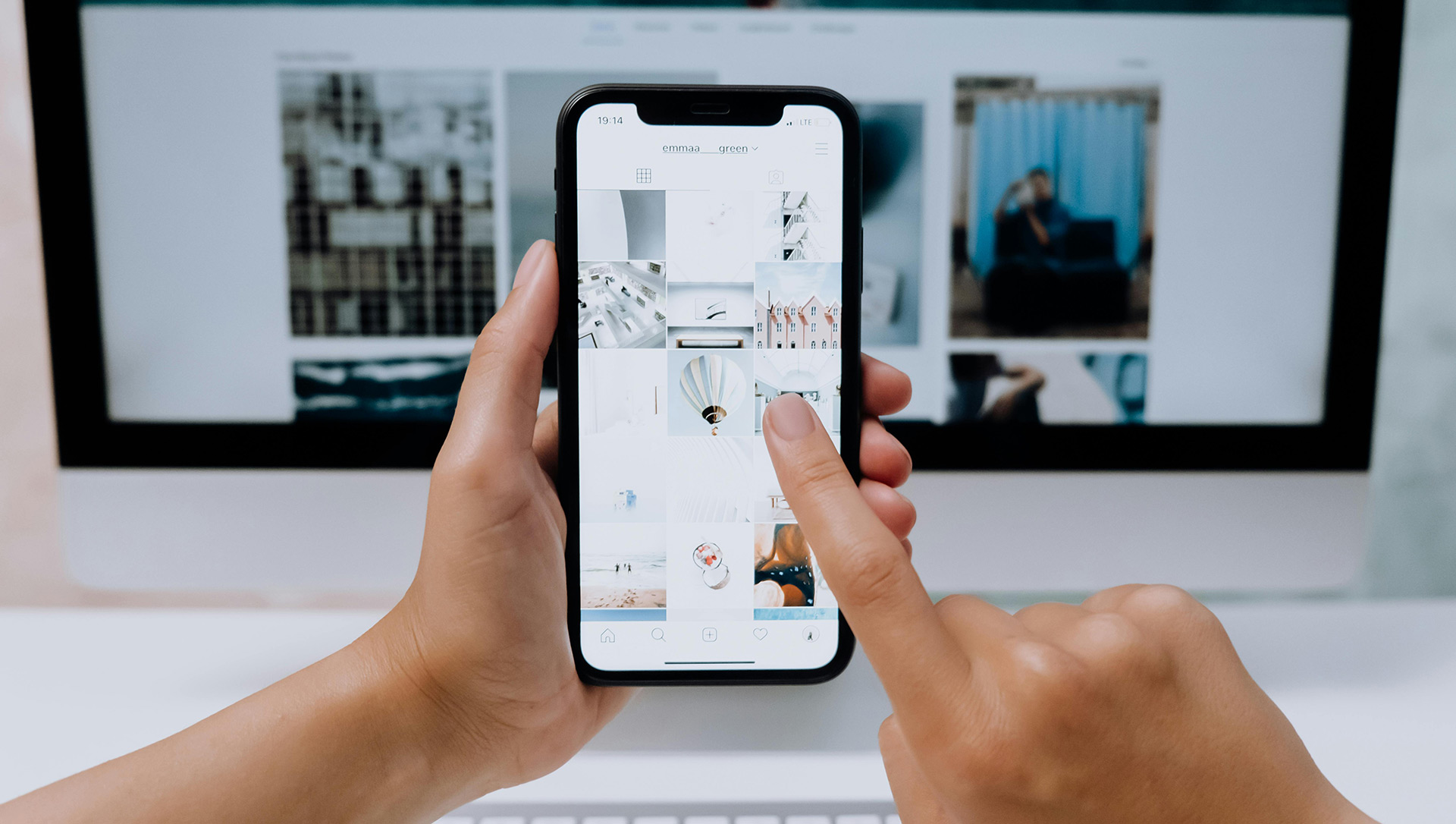Desktop Vs. Mobile Websites
Date: 06/19/2013 Written by: Launchmark
Last Updated on 11/26/2023 by Launchmark Insights
Last Updated on November 26, 2023 by Launchmark Insights
Desktop computers and laptops remain vital tools that potential customers use to explore websites, just like the one your company owns. However, with smartphones and digital tablets, such as the Apple iPad, becoming increasingly sophisticated and resembling lighter laptops, mobile-responsive websites have become a critical business consideration.
The Desktop and Mobile Screen Difference
Modern websites are often designed for desktop viewing with a screen resolution around 1920 x 1080 pixels, whereas the latest smartphones generally feature screen resolutions of 1080 x 1920 pixels or higher. The challenge now lies in creating responsive web designs that adapt seamlessly to various screen sizes, ensuring an equally clean and enjoyable user experience across devices.
Mobile Web Page Essentials
Vertical navigation is increasingly effective on mobile devices, as they typically have more screen height than width. This layout is intuitive for users, guiding their eye from top to bottom. While promotional and marketing graphics are important, they should be optimized for mobile to avoid overloading users who often seek specific information swiftly.
Buttons, bars, and tabs continue to replace traditional hypertext links on mobile websites to facilitate navigation on smaller screens. With the shift towards mobile-first design, ensuring that key information and functionalities are easily accessible on mobile devices is crucial. Mobile users often visit websites with specific goals, reserving more in-depth interactions for larger screens.
Recognizing the evolving landscape of web design for both desktop and mobile platforms is crucial in delivering a seamless and user-friendly experience. As users increasingly shift between various devices, the importance of responsive and adaptable web design continues to grow.



